Leaf curl in flower plants can be a frustrating problem to deal with. However, by understanding the causes of leaf curl and implementing natural and organic remedies, you can effectively treat and prevent leaf curl. It is important to remember that prevention is key to maintaining healthy flower plants. Regularly checking your plants for signs of pests or diseases, providing proper sunlight and watering techniques, and ensuring good air circulation are crucial for preventing leaf curl.
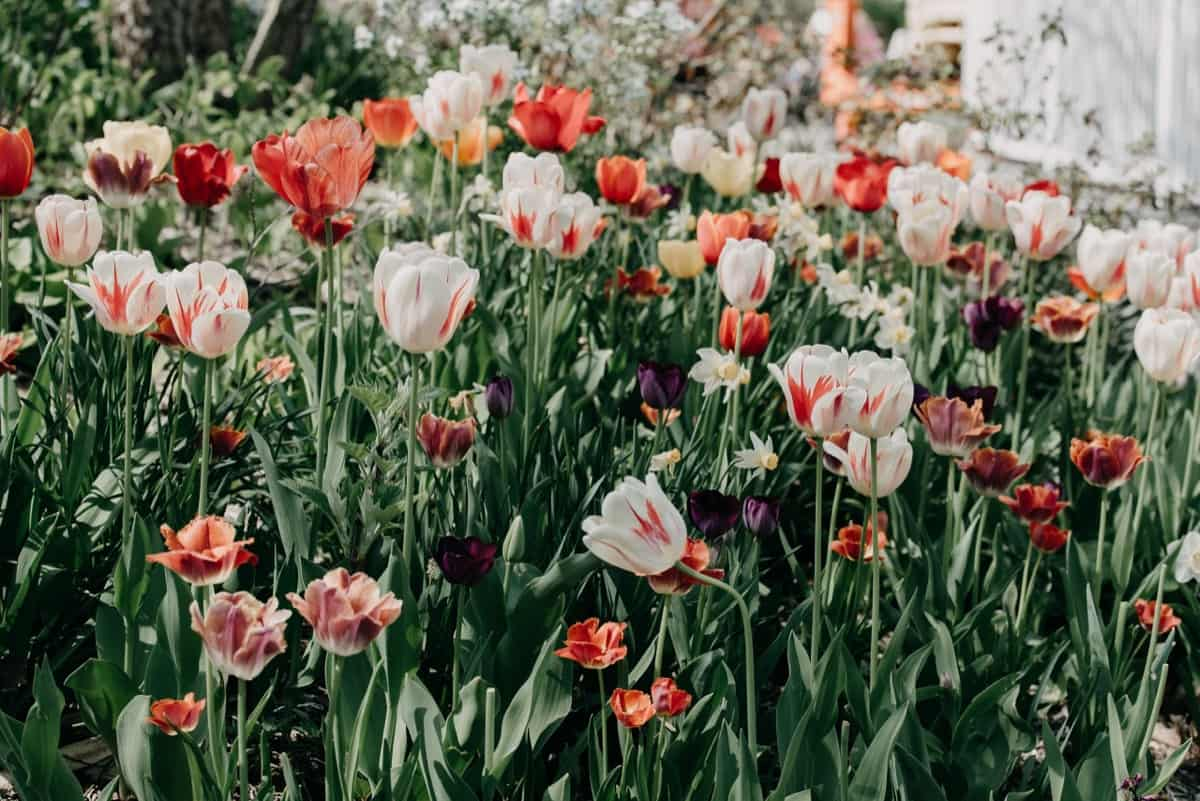
Natural and Organic Ways to Treat Flower Plants Leaf Curl
Organic Remedies for Flower Plant Leaf Curl
Leaf curl is a common problem caused by nutrient deficiencies, pests, or environmental stress. One effective remedy is Neem oil spray. Neem oil has insecticidal properties and can help control pests like aphids and mites, which may be causing the leaf curl. Dilute Neem oil with water according to the instructions on the bottle and spray it onto the affected leaves.
Another organic option is Garlic spray. Garlic has natural fungicidal properties and can help prevent fungal infections that cause leaf curl. To make a Garlic spray, crush several cloves of Garlic and mix them with water. Allow the mixture to sit overnight before straining it into a spray bottle. Apply this solution directly on the affected foliage.
Companion planting is also an effective method to prevent leaf curl organically. Some companion plants like Marigolds or Nasturtiums act as natural repellents against pests that cause damage to flower plants. Furthermore, ensuring proper soil nutrition through organic fertilizers can contribute greatly to preventing leaf curl in flowers. Provide your plants with well-balanced nutrients such as compost or worm castings regularly.
Natural Treatments for Leaf Curl in Flower Plants
Going the natural route can be a great solution when dealing with leaf curl in flower plants. Compost tea as a foliar spray can support plant health and resilience against diseases like leaf curl. Compost tea provides beneficial microorganisms that help strengthen plants’ immune systems.
Furthermore, ensuring proper watering practices is crucial when treating leaf curl naturally. Overwatering or underwatering can stress the plants and make them more susceptible to diseases like leaf curl. Regularly inspect your flower plants for signs of pests or disease, practice good garden hygiene by promptly removing any infected leaves or debris, and provide adequate sunlight and air circulation for healthy growth.
In case you missed it: Enchanting Eco Blooms: Discover the Top 18 Green Flowers for Your Garden

Preventing Leaf Curl in Flower Plants Organically
Preventing leaf curl is key when keeping your flower plants healthy and vibrant. You can use several organic methods to protect your plants from this common issue. Make sure your flower plants are receiving adequate sunlight and water. Proper hydration and sunlight exposure help strengthen the plant’s immune system, making it less susceptible to leaf curl.
Additionally, avoid overwatering or underwatering, as this can stress the plants and lead to leaf curl. Another organic approach is using natural pest control methods. Inspect your plants regularly for pests such as aphids or mites that can cause damage and lead to leaf curl. Introduce beneficial insects like ladybugs or lacewings into your garden, as they naturally feed on these harmful pests. Maintaining a healthy soil environment is also essential for preventing leaf curl organically.
Furthermore, practicing proper pruning techniques plays a vital role in preventing leaf curl. Remove any infected leaves or branches promptly to prevent the spread of disease throughout the plant. Consider companion planting techniques where certain flowers or herbs are grown alongside each other for their mutual benefit. For example, marigolds repel many common pests that may cause leaf curl while attracting pollinators that aid plant growth.
Herbal Remedies for Flower Plant Leaf Curl
One herb that can be beneficial is Chamomile. Known for its calming properties, Chamomile tea can also be used as a foliar spray to reduce inflammation and promote healing in curled leaves. Steep dried chamomile flowers in hot water, strain the liquid, let it cool down, then apply it directly to the affected areas.
Rosemary extract is another herbal remedy that has proven effective in treating leaf curl. Its antimicrobial properties help fight off disease-causing pathogens while promoting overall plant health. Combine two drops of rosemary oil with water and spray it on your plants regularly.
Eco-friendly Methods to Treat Leaf Curl in Flowers
Practicing proper watering techniques plays a significant role in preventing leaf curl. Overwatering or inconsistent watering can lead to stress on the plant’s roots and trigger physiological responses like curled leaves. Ensure adequate drainage for your flower beds and regularly monitor soil moisture levels. Implementing these eco-friendly methods address leaf curl issues and maintains a healthy garden ecosystem free from harmful chemicals.
Organic Sprays for Controlling Leaf Curl in Flowers
Organic sprays can be a game-changer when treating leaf curl in flower plants. These natural remedies not only effectively control the problem but also help maintain the overall health of your precious blooms. You can also make an organic spray using baking soda and dish soap. Dissolve one tablespoon of baking soda and dish soap in a gallon of water.
In case you missed it: How to Grow and Care for Periwinkle Flowers: A Step-by-Step Guide
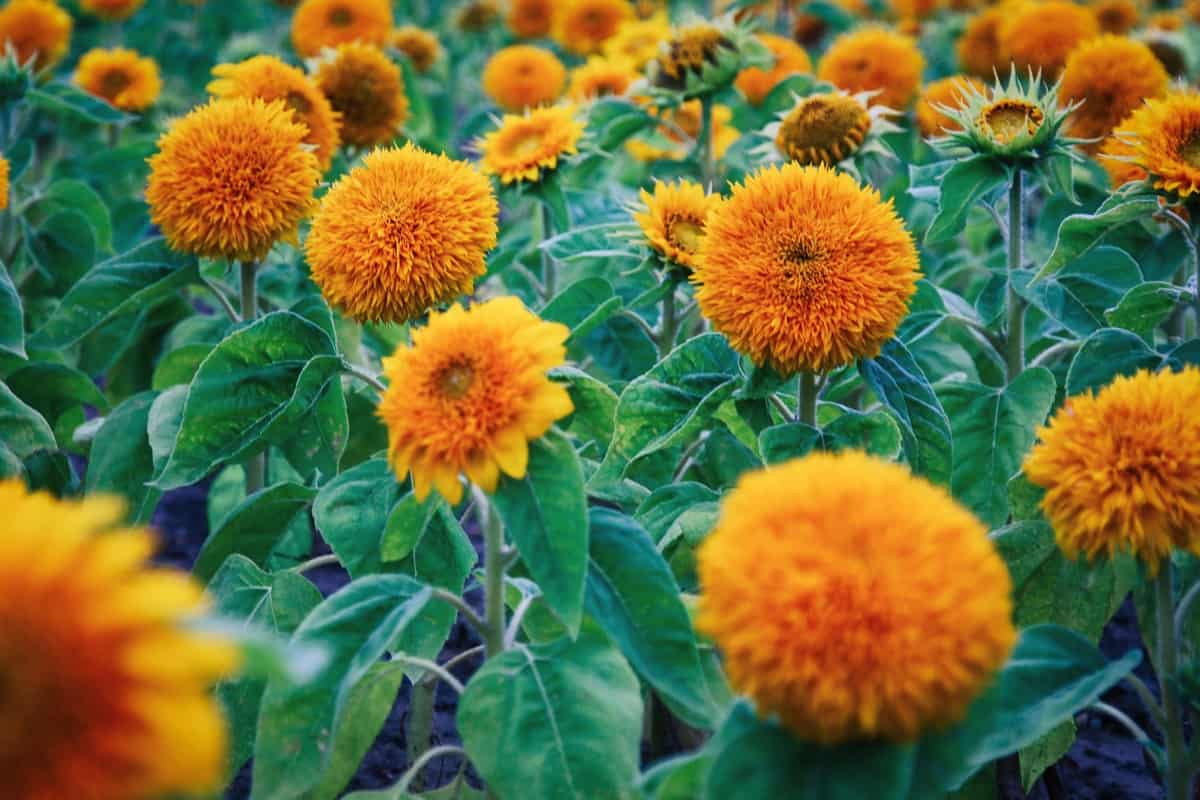
Spray this solution on your plant’s foliage every few weeks to prevent leaf curl caused by fungal diseases. Essential oils such as peppermint or rosemary can also be used as natural sprays against pests contributing to leaf curling. Remember, these organic sprays are safe alternatives to chemical-laden products, making them environmentally friendly while effectively tackling leaf curl problems in your flower plants.
Home Remedies for Treating Leaf Curl in Flower Plants
When it comes to treating leaf curl in flower plants, there are several effective home remedies that you can try. These natural solutions help alleviate the symptoms and promote overall plant health. One simple Homemade spray for leaf curl is a neem oil spray combining neem oil with water and a few drops of dish soap. Another option is using chamomile tea, which has anti-inflammatory properties.
Brew some chamomile tea, let it cool down, and then use it as a foliar spray on your affected flower plants. This can help reduce inflammation and promote healthy leaf growth. Banana peels can help strengthen your flower plants’ cells and prevent leaf curling. Bury small pieces of banana peel around the base of your plants or blend them with water to create a fertilizer solution. Maintaining proper watering practices is crucial for preventing leaf curl in flowers.
Overwatering or underwatering can stress out the plant’s roots leading to curled leaves. Make sure you provide adequate moisture without saturating the soil too much. Remember, these home remedies work best when applied consistently while addressing underlying issues, such as nutrient deficiencies or pest infestations. By taking an organic approach to treating leaf curl in your flower plants, you can restore their health naturally while minimizing environmental harm.
Organic Fertilizers to Prevent and Treat Leaf Curl
Organic fertilizers are a great way to naturally prevent and treat leaf curl in flower plants. These fertilizers provide essential nutrients that help strengthen the plant’s immune system, making it more resistant to diseases like leaf curl. One effective organic fertilizer for preventing and treating leaf curl is compost.
Another great option is seaweed extract, rich in trace minerals and growth hormones that promote healthy plant growth. Seaweed extract can be applied directly to the leaves or mixed with water and sprayed onto the plants. Fish emulsion is another popular choice for organic fertilization. It contains high levels of essential nutrients for plant health.
In case you missed it: Top 11 Beautiful Color Changing Flowers
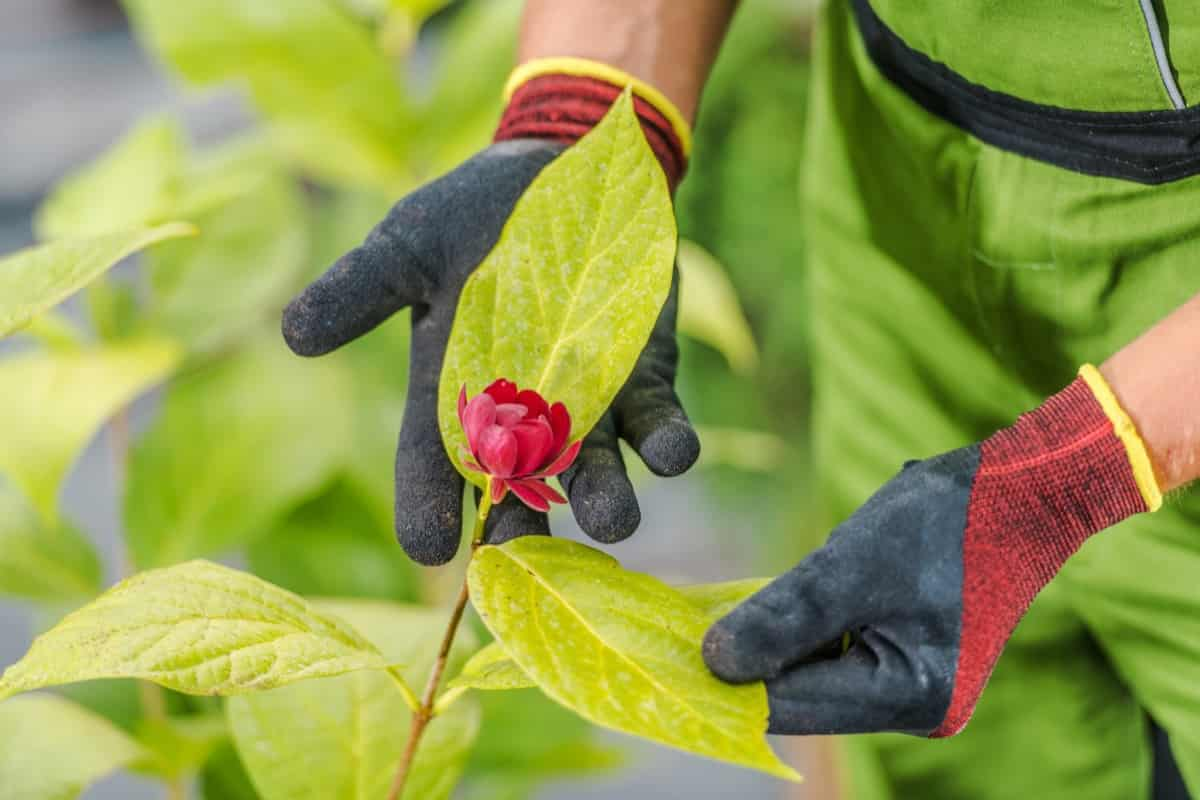
Dilute fish emulsion with water according to package instructions before applying it to your flower plants. Bone meal is a slow-release organic fertilizer that provides phosphorus, an important nutrient for root development. Adding bone meal at planting time can help prevent nutrient deficiencies that may lead to leaf curl.
Companion Planting Techniques to Prevent Leaf Curl
One effective and natural method to prevent leaf curl in flower plants is through companion planting. Selecting the right companion plants can help ward off pests and diseases that may cause leaf curl. For instance, marigolds repel many common garden pests, such as aphids, nematodes, and whiteflies. You can reduce the risk of infestations leading to leaf curl by interplanting marigolds with your flower plants.
Another great companion plant for preventing leaf curl is Basil. Its strong aroma helps deter insects like mosquitoes and flies while attracting beneficial pollinators. Additionally, Basil has antimicrobial properties that can help protect your flowers from fungal infections. Lavender is another excellent choice for companion planting due to its insect-repellent qualities.
It attracts bees while deterring pests like moths and fleas. Plus, its fragrant blooms add beauty and fragrance to your garden. Incorporating these companion planting techniques into your flower garden promotes a healthier ecosystem and reduces the chances of leaf curl occurring naturally without relying on harmful chemicals or pesticides.
Using Beneficial Insects to Control Leaf Curl in Flowers
Introducing beneficial insects into your garden can effectively and naturally control leaf curl in flower plants. These tiny allies help maintain the balance of pests, keeping your plants healthy and free from infestations. Ladybugs feed on aphids, mites, and other destructive pests. By releasing ladybugs near your affected flowers, you can reduce the population of these harmful insects and prevent further leaf curling.
In case you missed it: Different Flowers That Almost Look Like Roses
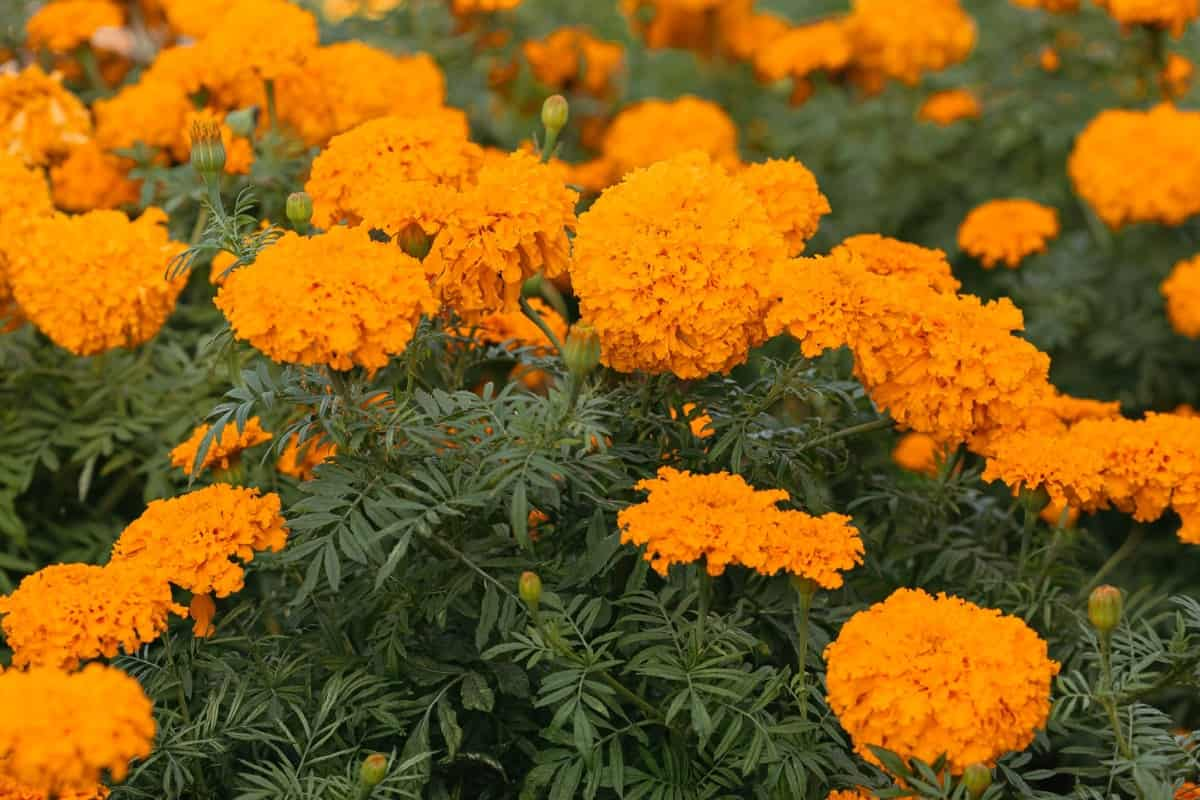
Another beneficial insect that can aid in controlling leaf curl is lacewings. These delicate creatures’ prey on aphids, whiteflies, thrips, and mealybugs. They effectively eliminate these pests while being harmless to your flowers. Parasitic wasps also play a crucial role in pest control by laying their eggs inside the bodies of pests like caterpillars or aphids. As the larvae develop within the host pest’s body, they eventually kill it off. This method helps prevent further damage caused by leaf curling insects.
By attracting pollinators to your garden through specific plant choices or creating habitats with native flowering plants, you encourage a diverse ecosystem that naturally controls pest populations. Remember that using beneficial insects is an ongoing process rather than a quick fix. It may take time for populations to establish themselves and regulate pest numbers effectively.
Organic Soil Amendments for Preventing and Treating Leaf Curl
Organic soil amendments can be crucial in preventing and treating leaf curl in flower plants. By enriching the soil with natural nutrients, you can support the overall health of your plants and minimize the risk of leaf curl. One effective organic soil amendment is compost. Compost improves soil structure, increases moisture retention, and provides essential nutrients to plants.
Adding compost around the base of your flower plants can help strengthen their immune system and reduce leaf curl occurrence. Another beneficial amendment is vermicompost, created by worms breaking down organic matter. Vermicompost enhances nutrient availability, stimulates root growth, and improves water-holding capacity in the soil. Applying vermicompost to your garden beds or mixing it into potting mixes can promote healthy plant growth and prevent leaf curl.
Additionally, using seaweed or kelp extracts as a soil amendment can provide valuable trace minerals necessary for optimal plant development. These extracts also contain natural growth hormones that aid stress resistance and disease prevention. Aim to maintain proper pH levels in your soil through organic amendments like agricultural lime (for acidic soils) or elemental sulfur (for alkaline soils).
This will create an ideal flower growing environment and minimize leaf curl issues caused by nutrient imbalances. Remember to choose high-quality organic amendments from reputable sources to ensure they are free from harmful chemicals or contaminants. By incorporating these natural additions into your gardening routine, you can effectively prevent and treat leaf curl while promoting sustainable practices for a flourishing garden ecosystem.
In case you missed it: Top 15 Best Plants That Grow Big Flowers
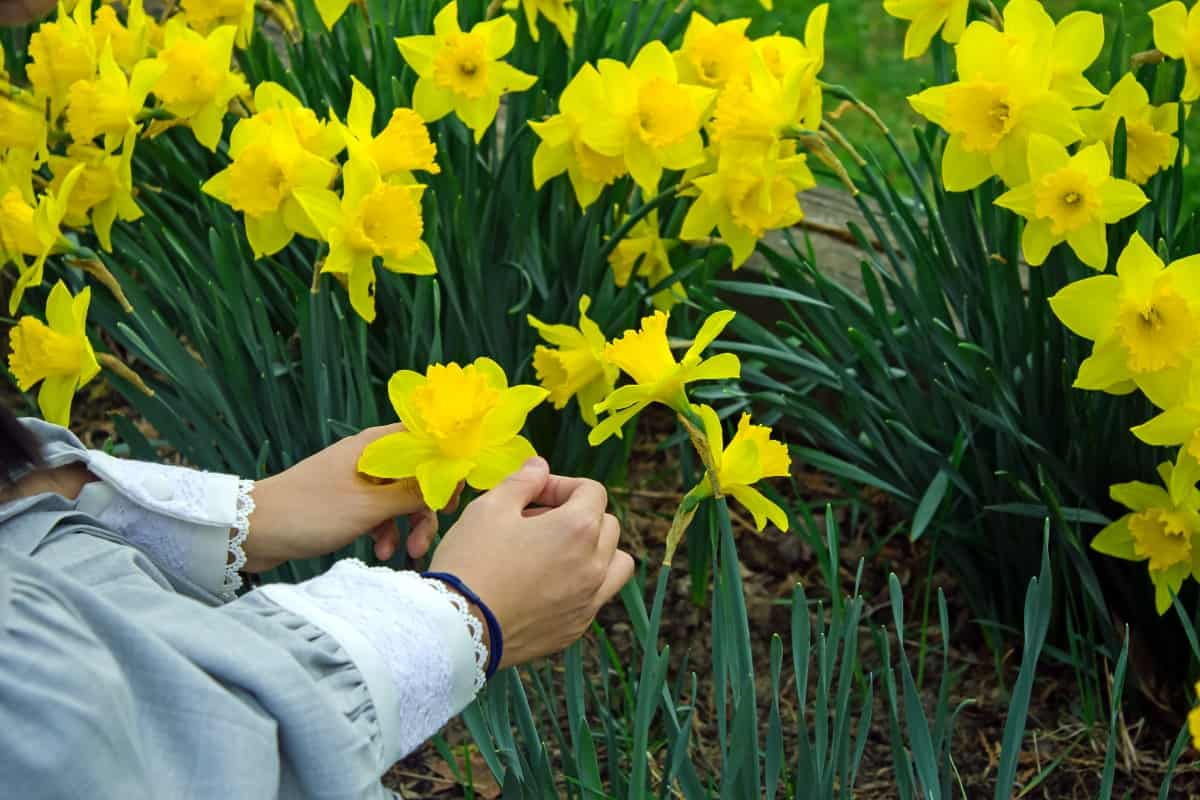
Conclusion
Tackling leaf curl in flower plants doesn’t have to involve harsh chemicals or synthetic treatments. By embracing natural and organic remedies, you can effectively address this issue while keeping your garden eco-friendly. Remember to implement preventive measures like proper watering techniques, adequate sunlight exposure, and good air circulation around the plants.
Incorporating companion planting techniques and attracting beneficial insects can also help deter pests contributing to leaf curl. Various options are available when it comes to naturally treating leaf curl in flower plants. From herbal solutions and organic sprays to soil amendments and organic fertilizers, these methods provide effective relief without harming your plants or the environment.
- Broccoli Seed Germination and Selection
- Asparagus Seed Germination and Variety Selection
- Seasonal Flower Gardening: Best Practices for Spring, Summer, Fall, and Winter
- How to Grow Hibiscus from Flower
- Plantation Ideas for Home Decoration: A Beginners Guide
- Flower Garden Designs and Layouts for Beginners
- Planting and Spacing Techniques in Papaya: A Beginner’s Guide
- Growing Gold: Essential Techniques for Planting Pineapples
- How to Make Kalanchoe Plant Bushy: Home Remedies and Solutions
- 11 Reasons Why Your Gardenia is Not Blooming: Home Remedies and Solutions
- Eco Elegance: The Guide to Designing a Drought-Tolerant Landscape
- Gardening on a Slope: Strategies for Hillside Landscaping
- Nourish and Flourish: Top Organic Mulches for Thriving House Plants
- Everything You Want to Know about Indian Mogra Flower: Discover Uses and Growing
- Green Thumb Success: Expert Tips for Cultivating Greenhouse Pumpkins All Year Round
- Maximize Growth & Flavor: The Ultimate Guide to Companion Planting in Herb Gardens
- How to Control Rhododendron Problems Naturally: Home Remedies and Organic Ways to Fix Them
- Natural Magic: The Remarkable Benefits of Cinnamon for Plants
- Best Steps to Revive Dying Tulip with Natural and Organic Treatment
- 10 Reasons Why Your Angel Trumpet is Not Blooming: Remedies and Treatment
- How to Fix Periwinkle Leaf and Flower-Related Problems: Natural Remedies and Solutions
- How to Fix Zinnias Leaf and Flower Problems: Discover Natural and Home Remedies
- Organic Steps to Induce Lemon Tree Flowers: A Comprehensive Guide
- Bloom Booster: Crafting the Perfect Homemade Bougainvillea Fertilizer
- Optimizing Growth: A Guide to Applying NPK Fertilizer for Potted Plants
- 10 Best Homemade Fertilizers for Rubber Plant: DIY Recipes and Application Method
- How to Boost Female Pumpkin Flowers: Effective Steps for More Flowers and High Yields
- Transform Your Indoor Garden: Top Benefits of Pink Salt for Houseplants
- 10 Best Homemade Fertilizers for Peacock Plants (Calathea): Easy DIY Guide
- Unlock Blooms: 9 Reasons Why Your Potted Chrysanthemum is Not Blooming
- 8 Reasons Why Your Potted Hibiscus is Not Blooming: Fix it with Simple Solutions
- Unlock Blooms: 9 Key Reasons Your Potted Frangipani Won’t Flower
- 10 Reasons Why Is My Ice Plant Not Blooming: Remedies and Treatment
- 10 Reasons Why My Potted Hydrangea Not Blooming: Treatment and Remedies
- 10 Reasons Why is My Wisteria Not Blooming: Remedies and Treatment
- 10 Reasons Why is My Goldfish Plant Not Blooming: Remedies and Treatment